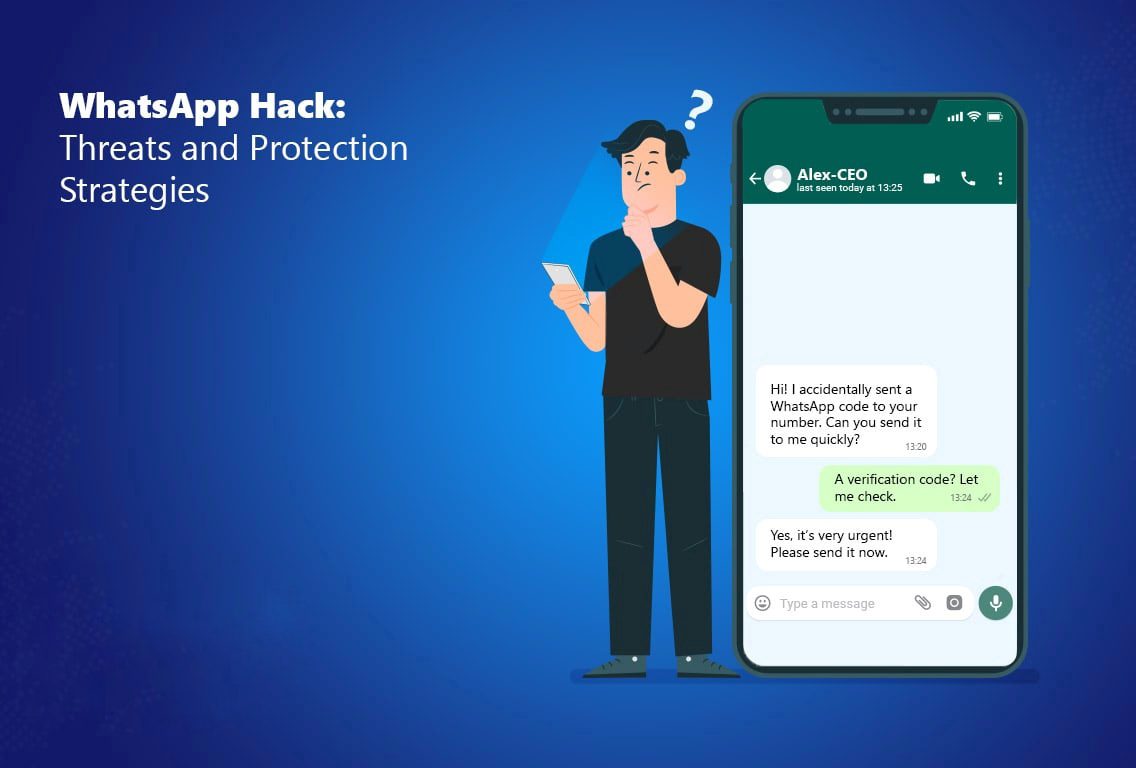
Effective vendor and supplier management is crucial for maintaining operational efficiency and driving growth. Companies rely heavily on their suppliers and vendors to provide essential goods and services, making it essential to establish robust management practices. By optimizing your vendor and supplier management processes, you can reduce costs, mitigate risks, and enhance overall performance. In this guide, we’ll explore seven key steps to improve your vendor and supplier management effectively.
Contents
Elevate Bird Control Measures with Our Cutting-Edge Spikes in the UAE
1. Define Clear Objectives and Requirements
Before diving into vendor and supplier management, it’s essential to define clear objectives and requirements for your organization. Determine what you need from your suppliers and vendors in terms of quality, quantity, delivery schedules, and pricing. Establishing these criteria upfront will help you evaluate potential vendors more effectively and ensure alignment with your business goals.
2. Conduct Thorough Vendor Assessments
Invest time in evaluating potential vendors and suppliers before engaging in partnerships. Look beyond just pricing and assess factors such as reputation, reliability, financial stability, and the ability to meet your specific needs. Implement a structured vendor assessment process to gather relevant information and make informed decisions. This may include supplier questionnaires, site visits, and performance evaluations.
3. Develop Strong Relationships
Building strong relationships with your vendors and suppliers is key to long-term success. Open communication, transparency, and trust are the foundation of healthy partnerships. Regularly engage with your suppliers to discuss expectations, address any issues promptly, and collaborate on process workflow improvements. Cultivating these relationships can lead to better service, flexibility, and mutual growth opportunities.
4. Implement Robust Supplier Management Process Workflows
Establishing clear and efficient workflows is essential for managing vendors and suppliers effectively. Develop standardized processes for onboarding new suppliers, managing contracts, ordering goods, and resolving disputes. Utilize technology such as vendor management software to automate routine tasks, track performance metrics, and streamline communication. This ensures consistency and accountability across the supplier management process.
5. Monitor Performance Continuously
Effective vendor and supplier management is an ongoing process that requires regular monitoring and evaluation. Define key performance indicators (KPIs) to measure supplier performance against predefined benchmarks. Track metrics such as delivery times, quality standards, and responsiveness to feedback. Identify areas for improvement and address any issues proactively to prevent disruptions to your operations.
6. Manage Risks Effectively
Vendor and supplier management involves inherent risks that can impact your business continuity and reputation. Take proactive steps to identify and mitigate potential risks, such as supply chain disruptions, quality issues, or compliance violations. Implement risk management strategies, such as diversifying your supplier base, establishing contingency plans, and conducting regular audits. Stay informed about market trends and regulatory changes that may affect your suppliers.
7. Continuously Improve Processes
Continuous improvement is essential for staying competitive and adapting to changing market conditions. Regularly review your vendor and supplier management processes to identify inefficiencies and areas for optimization. Solicit feedback from stakeholders, including internal teams and external partners, to gain insights into areas for improvement. Leverage data analytics to identify trends, forecast demand, and make data-driven decisions to enhance your supplier management practices.
In conclusion, effective vendor and supplier management is critical for optimizing operational performance and driving business success. By following these seven steps, you can streamline your processes, minimize risks, and build strong partnerships with your vendors and suppliers. Remember to remain adaptable and responsive to changes in your business environment to stay ahead of the curve. By investing in robust supplier management processes and workflows, you can position your organization for sustained growth and resilience in the face of challenges.






